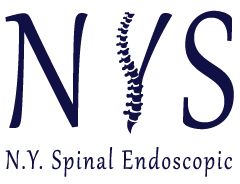WHAT CONDITIONS DO PRP INJECTIONS TREAT?
The use of PRP injections has increased over the years to treat a variety of musculoskeletal injuries. These include the following:
- Chronic tendon injuries (tennis elbow, golfer’s elbow, Achilles tendinosis, etc)
- Acute ligament injuries (ACL tears, rotator cuff tears)
- Acute muscle injuries (hamstring tears, bicep tears, etc)
- Osteoarthritis in joints (knee, shoulders, hip)
- Labral tears (shoulder, hip)
- Degenerative disc disease
- Plantar Fasciitis
